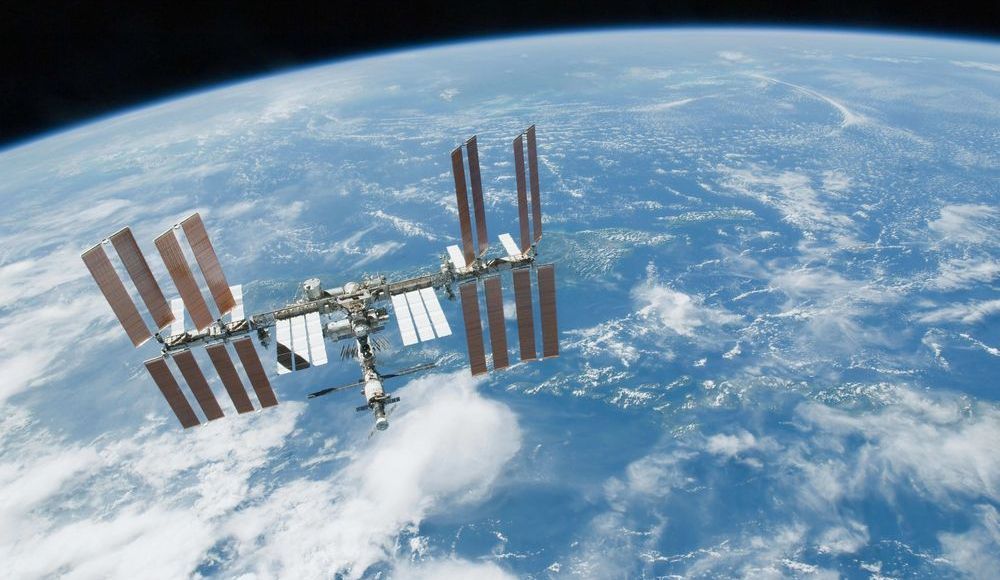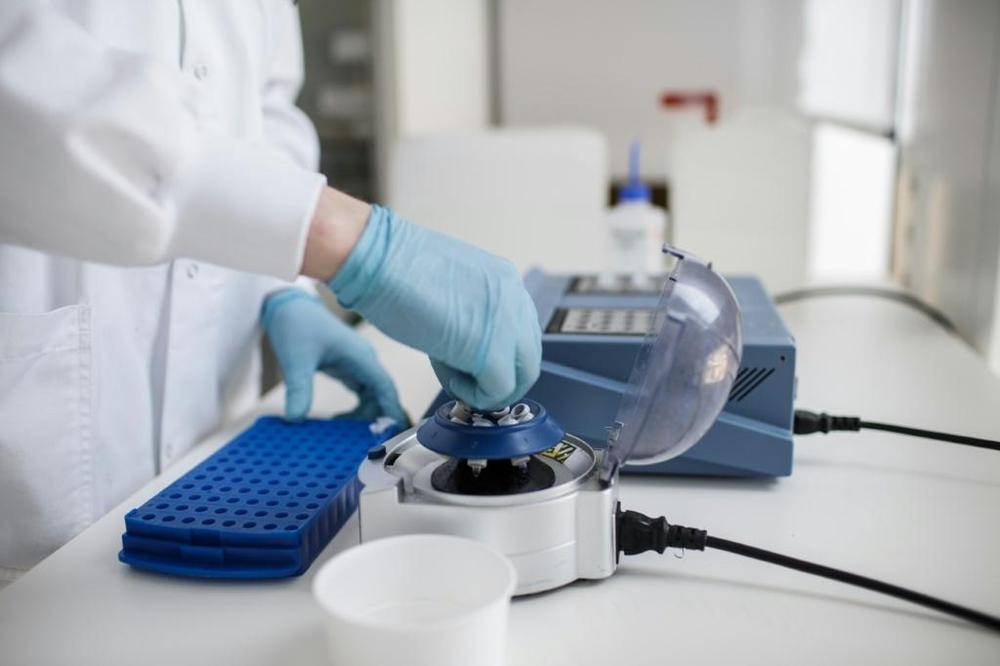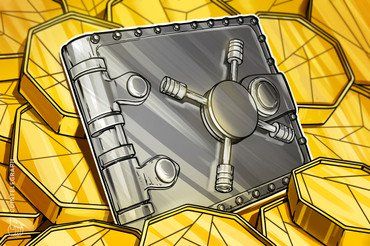The VERDICT tool aims to allow systems engineers to assess cybersecurity even without deep expertise.



Investment in the fast-growing space industry was booming well into the first quarter of 2020 but private capital has largely frozen as the coronavirus pandemic strikes the U.S., leading both civil and military agencies to step up funding for corporate partners.
“We kicked into high gear as soon as it was apparent a lot of companies were not going to be able to conduct business as usual due to distancing requirements,” Mike Read, International Space Station business and economic development manager at NASA’s Johnson Space Center, told CNBC.
U.S. equity investment in space companies totaled $5.4 billion across 36 deals in the first quarter, according to a report Friday by NYC-based firm Space Capital. But the second quarter is likely to just see a fraction of that investment, according to Space Capital managing partner Chad Anderson, as deal flow in the U.S. will follow China’s path. Chinese investment in space was climbing by record amounts until the first quarter, when “activity in China was basically shut off,” Anderson said.


An interesting article from Australia.
Australia is in an unusual situation, being at once potentially extremely self-reliant and in practice extremely vulnerable to disruptions in international trade.
Whereas disruptions could come from any one of many types of natural disasters or due to politics, I am glad to see that the Australians are seriously considering what it would require to maintain their civilization in the face of disruptions.
Only two or three generations ago most people were more or less self-reliant, and could have continued for years if trade had been cut off with discomfort but no serious threat to civilization itself. Regional scale natural disasters are not so uncommon that we shouldn’t expect at least one every few centuries, yet it seems our global civilization has somehow sleepwalked its way into a state of fragility in which a moderate disruption can threaten civilization everywhere.
I am glad that Australia is looking into ways to maintain essential services in the event of such disruptions, but hope they can resist the urge for heavy-handed central control which creates more problems than it solves. I expect and hope that governments all around the world are currently examining their own vulnerabilities and considering how to mitigate them.
We might be thankful for the current pandemic exposing these vulnerabilities in a way that does not seriously threaten civilization itself. Hopefully we will all learn from it.

Circa 2016
The quest for controlled fusion energy has been ongoing for over a half century. The demonstration of ignition and energy gain from thermonuclear fuels in the laboratory has been a major goal of fusion research for decades. Thermonuclear ignition is widely considered a milestone in the development of fusion energy, as well as a major scientific achievement with important applications in national security and basic sciences. The US is arguably the world leader in the inertial confinement approach to fusion and has invested in large facilities to pursue it, with the objective of establishing the science related to the safety and reliability of the stockpile of nuclear weapons. Although significant progress has been made in recent years, major challenges still remain in the quest for thermonuclear ignition via laser fusion. Here, we review the current state of the art in inertial confinement fusion research and describe the underlying physical principles.
Circa 2019
The Chinese claim the design will have impressive performance, but similar aircraft in the past have had trouble just getting off the ground.


Iran has apparently lofted its first military satellite into orbit, ending a series of setbacks for the nation’s space program.
A two-stage Qassed rocket lifted off from the Markazi Desert in central Iran on Wednesday (April 22) and successfully delivered a military reconnaissance satellite called Nour to orbit, Al-Jazeera reported. The rocket could be seen successfully launching into soace in this video from Iran’s Tasnim News Agency and PressTV.

Former Senate Majority Leader Harry Reid (D-Nev.) praised Monday’s release of the videos, but said more action is needed.
“I’m glad the Pentagon is finally releasing this footage, but it only scratches the surface of research and materials available,” he tweeted. “The U.S. needs to take a serious, scientific look at this and any potential national security implications. The American people deserve to be informed.”
The Pentagon on Monday officially released three videos of “unidentified” flying objects that have been previously leaked to the public.
The Department of Defense authorized the release of the three unclassified videos, including one recorded in November 2004 and two others captured in January 2015. The videos had been distributed in 2007 and 2017, the department noted in a statement.
Officials decided the official release of the videos would not reveal any “sensitive capabilities or systems” and would not impact investigations of unidentified flying objects.

:oooo.
New infrastructure upgrades were completed at Lhasa-Gonggar earlier this year, satellite imagery from Planet Labs shows. Workers at the civil-military airfield widened a road and built an additional parking apron near the base of the mountain.
Earlier this month, India’s Hindustan Times reported that China had built an underground facility to house fighter aircraft at the airport. Quoting three unnamed officials, the report said that an underground hangar was large enough to hold up to 36 aircraft.
That assertion however is inaccurate. Imagery shows the new parking apron with markings indicative of parking positions for up to thirty-six aircraft, but does not show activity to tunnel into the mountain to create a hardened hangar. To date aircraft have not relocated to the apron nor have any additional aircraft deployed to the airbase as a result.